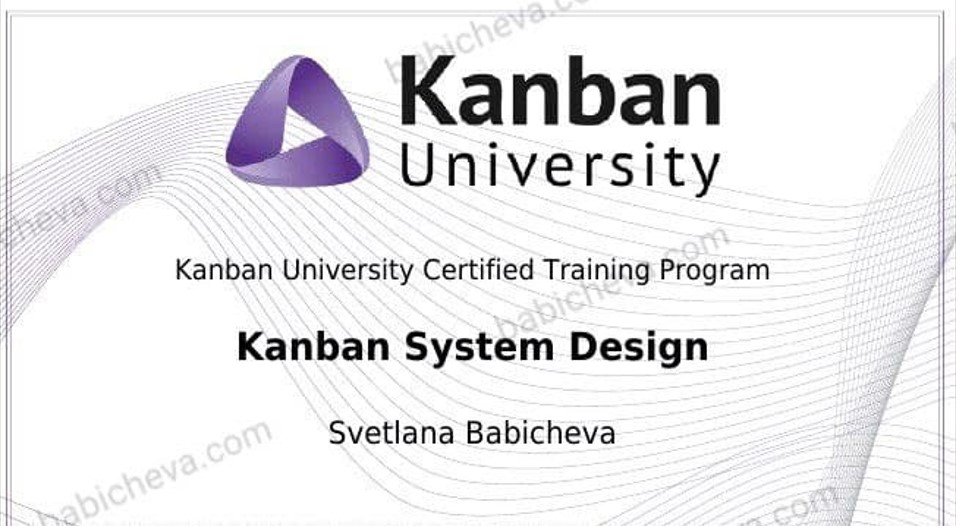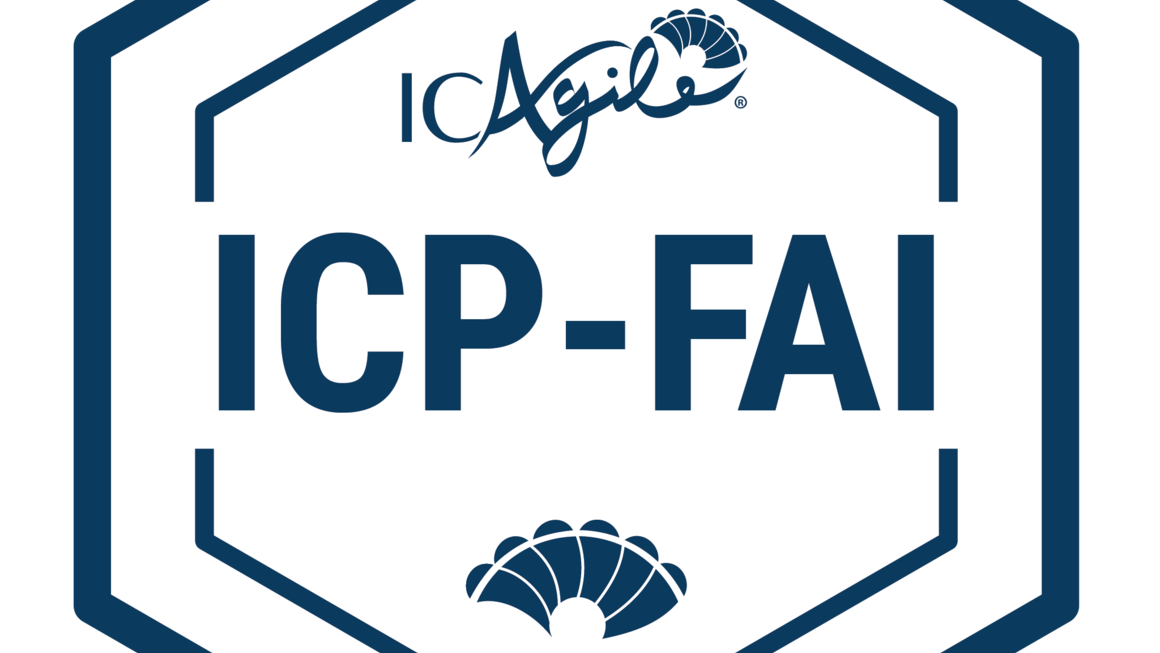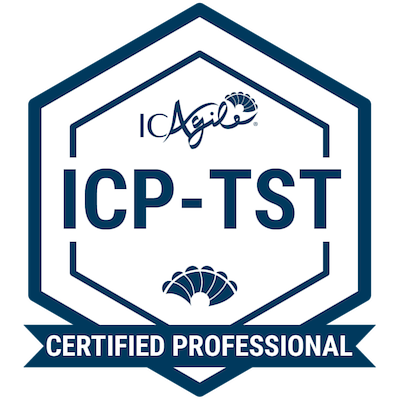On 21-24 of September I took a certification training at ScrumTrek called Kanban System Design and led by trainer Arthur Nek. This training is devoted to an overview of the use of the Kanban method: from visualization of flow and design of the Kanban System to evolutionary changes in the process. The training took place online for 4 days, 4 hours a day after work. It was not easy, but very interesting.
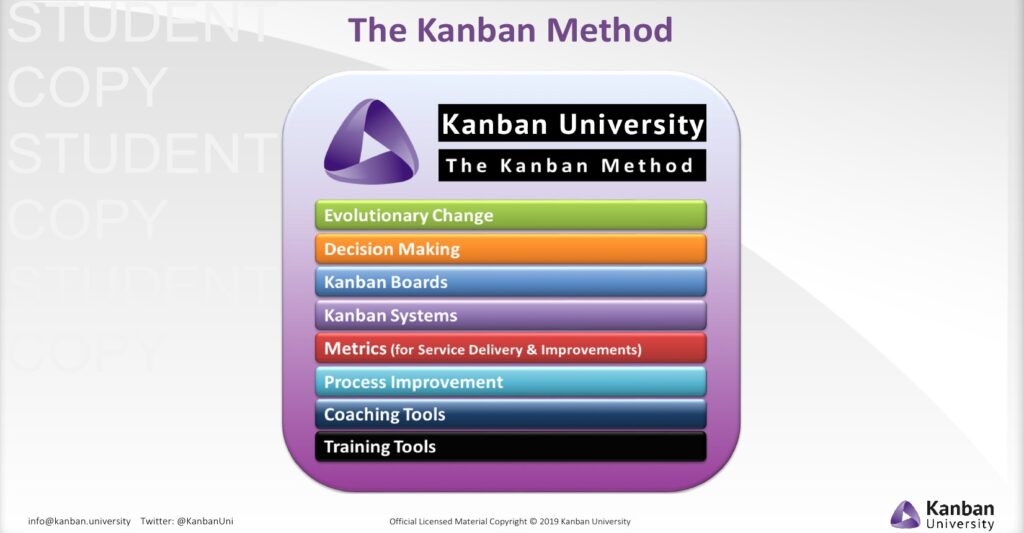
On the first day, the trainer reviewed the Kanban method: where this method came from, why it is called in this way. We discussed the principles, practices and values of Kanban and looked at examples of Kanban systems: simple Kanban systems, examples of visualizing flow and solving problems in complex situations.
On the second day we studied the analysis of the current situation: quantitative and qualitative analysis of needs (Demand Analysis, life cycle of types of work (Work Items) and customer expectations, the use of classes of services (Classes of Services) to predict delivery, the cost of delay (Cost of Delay). And then we played Kanban Simulator – Software development http://www.kanbanboardgame.com/ and analyzed the game results, diagrams and basic metrics: Little’s law, Cumulative Flow Diagram, Distribution chart, Control Chart.
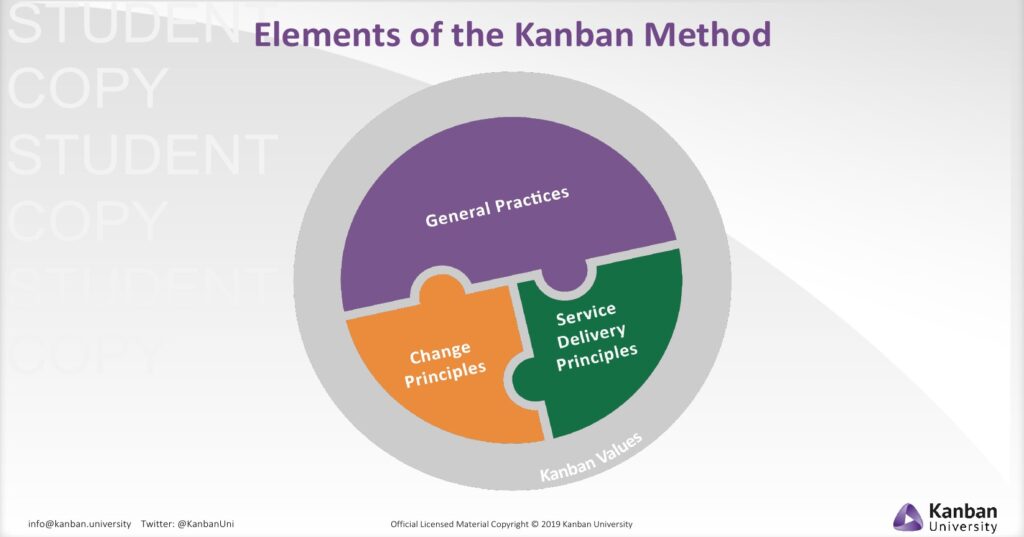
During the third day we brought in diagrams and graphs of our teams. We showed them to all the participants in turn, analyzed them together, made conclusions and came up with some ways to improve. After that we were split into groups and started filling Statik on real projects. One group – one project. Of course, we did not have time to do all this within 4 hours.
On the fourth final day we finished filling out the Statik, discussed it. During the discussion, the groups corrected the data in Statik, and as a result, we got a real sketch of what you can already work with in your team. In addition, we studied three different boards (presented as an example) and tried to understand what problem the team solves on each board. And of course, we discussed the design of the Kanban System: the visual presentation of the ticket, the creation of the Kanban Board, the formal rules (Explicit Policies, the limitation of the simultaneously performed work (WIP limits), as well as the cadences and the regularity of their application.
As a result of the training, I received a certificate from Kanban University. Here it is.
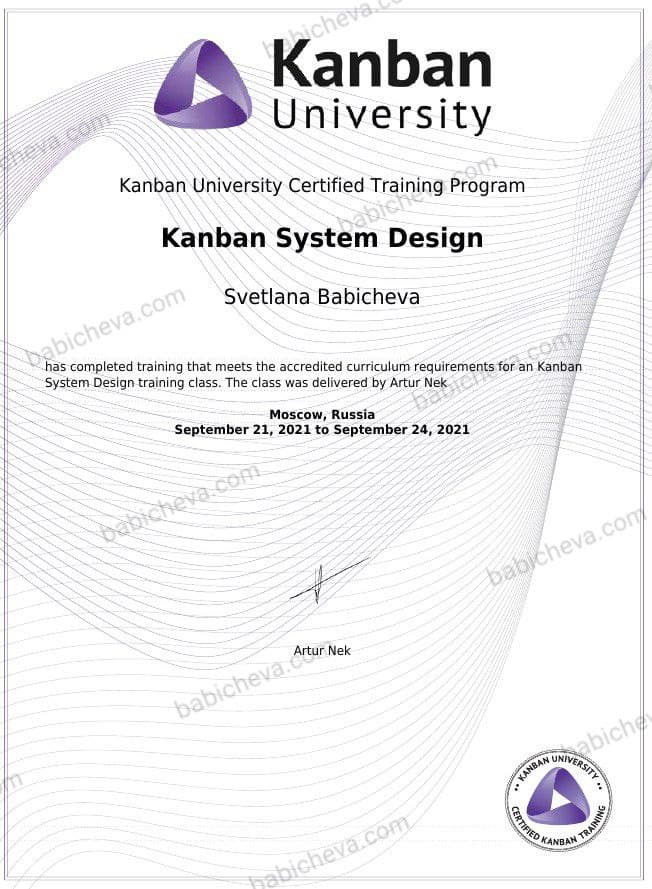
I think that the knowledge gained is enough for me now to work with one of my teams, which lives according to Kanban. This is just the second step in Kanaban certification, but I will move on as needed. Now I need to master and practice the knowledge and advice gained.
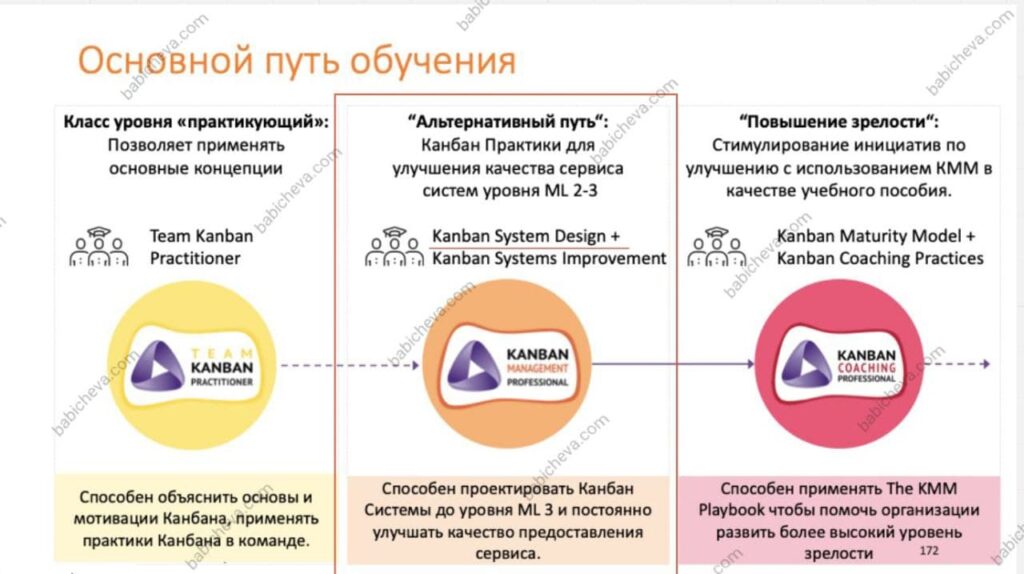
If you work with Kanban teams, I will be glad to talk, find out how it works in your teams, share experience, and discuss some difficult points.

